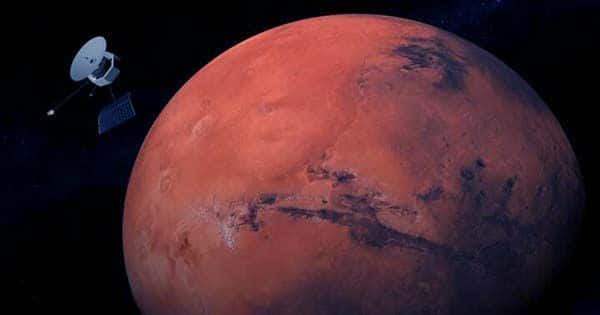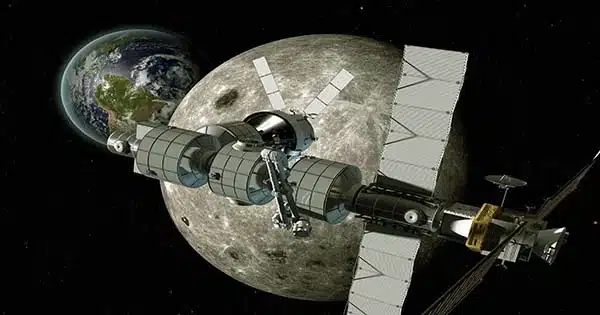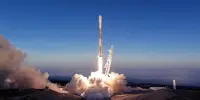NASA officials said that while astronauts may orbit Mars by 2033, landing on the Red Planet by the end of the decade would be an “aggressive” and “audacious” ambition.
Humans would have to leave Earth in 2039 to make the 6-month journey to Mars and land by 2040, a notion previously articulated by NASA administrator Bill Nelson and former chief Jim Bridenstine. However, the agency is finding it difficult to make that goal a reality in the following 16 years.
“And I’d say that is an audacious goal for us to meet,” Jim Reuter, assistant administrator for the agency’s Space Technology Mission Directorate (STMD), said on May 17 at the Human to Mars Summit in Washington, D.C. Although it may seem like a lot, the time needed to build the necessary technologies is fairly short.

For example, a crewed landing mission on Mars by 2040 would necessitate humans establishing a presence on the moon in the early 2030s — NASA’s primary aim is to serve as a stepping stone to Mars. NASA intends to utilize its future Gateway space station, which will orbit the moon and house supplies and, on occasion, astronauts, to conduct mock Mars trips.
An analog voyage might look like this: Astronauts would fly there and live in the Gateway for six months — equivalent to a one-way trip to Mars — spend 30 days on the moon to simulate working on Mars, and then return to the Gateway for another six months to simulate the journey home.
The HI-SEAS habitat in Hawaii, where astronauts pretend to be on Mars, including dealing with a 20-minute communication delay, is the closest we’ve gone to such test trips on Earth. The Hawaiian habitat, on the other hand, does not duplicate Martian gravity, which is 38% lower than Earth’s. As a result, NASA officials intend to utilize the moon-orbiting Gateway, the first such outpost beyond low Earth orbit, to investigate how humans react to low-gravity circumstances.
Also, because the space station would pass through the Van Allen radiation belt, the simulated space flights will be essential for testing “advanced radiation protection technology” that is presently being built, although those tests will take time, according to Reuter.
These aren’t the only challenges NASA is confronting right now. SpaceX, whose totally reusable spacecraft-rocket pair named Starship was selected for the Artemis 3 moon mission, is one of the space agency’s many partnerships for moon and Mars missions. However, the 100-passenger Starship rocket, which was selected to land people near the lunar south pole in 2025, failed to enter orbit during its first space flight in early April and was ordered to explode a little under four minutes after liftoff.
Ship 25, the latest prototype of what might become the top stage of a second Starship test flight, was tested in South Texas on Friday (May 19), according to company representatives on Twitter. Meanwhile, the Artemis 3 mission, scheduled for 2025, is approaching.
“We need Starship to launch and be successful for our first lander,” Jim Free, associate administrator for NASA’s Exploration System Development Mission Directorate, stated on Wednesday at the Human to Mars Summit. “It’s a good contract structure in terms of cost savings, but we still have to meet deadlines.”
NASA officials also stressed their reliance on continuous, “tightly coupled” commercial, academic, and industry cooperation in the United States and around the world. Canada, for example, is developing a robotic lunar utility vehicle that can “work autonomously when the crew is not there but can follow the crew along,” according to Free.
“We can have robots scout and astronauts control them, much like you see soldiers controlling drones today,” Free explained, adding that the vehicle would allow astronauts to explore the lunar surface without taking dangers, such as walking into a perpetually darkened crater.
“It’s going to take those kinds of partnerships and relationships to do these big hairy audacious goals that we want to do,” Nicola Fox, assistant administrator for the Science Mission Directorate, which oversees over 100 critical missions and projects, said at the summit.















